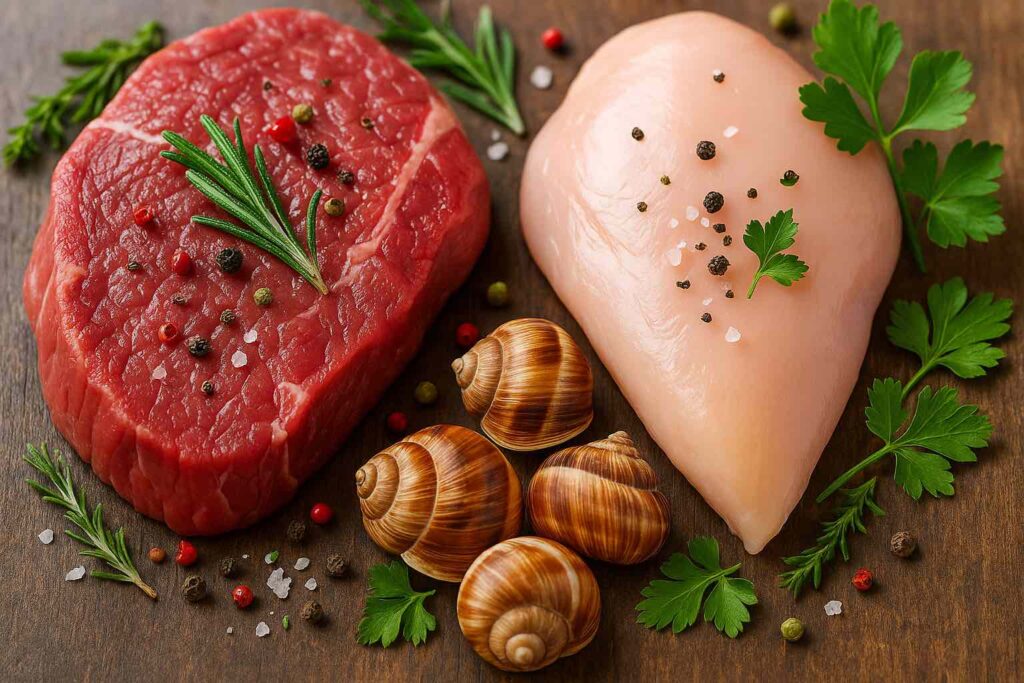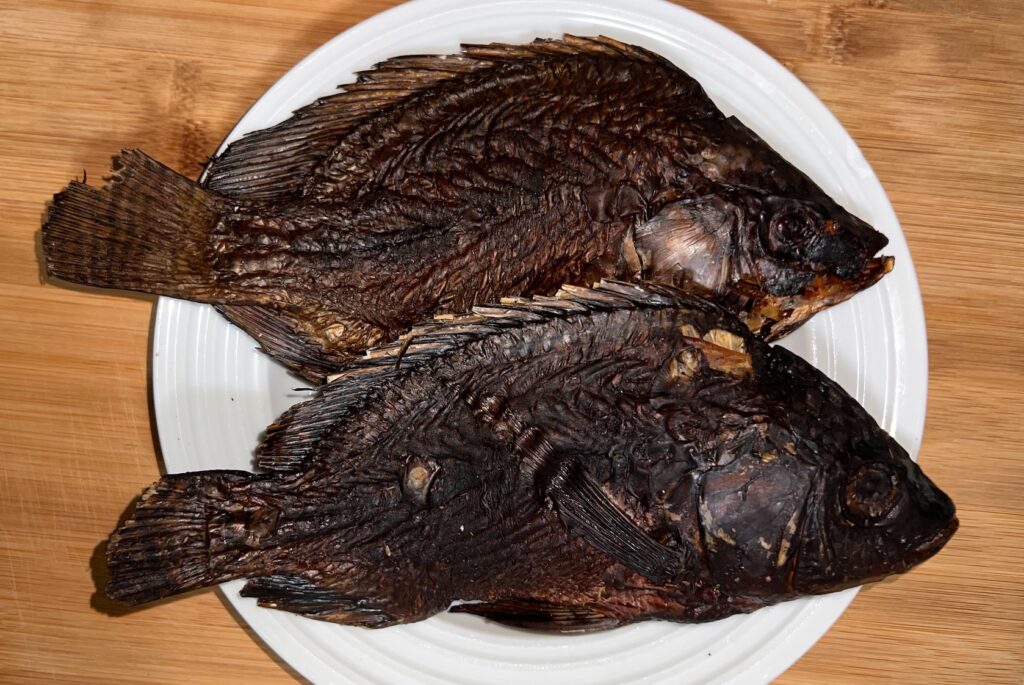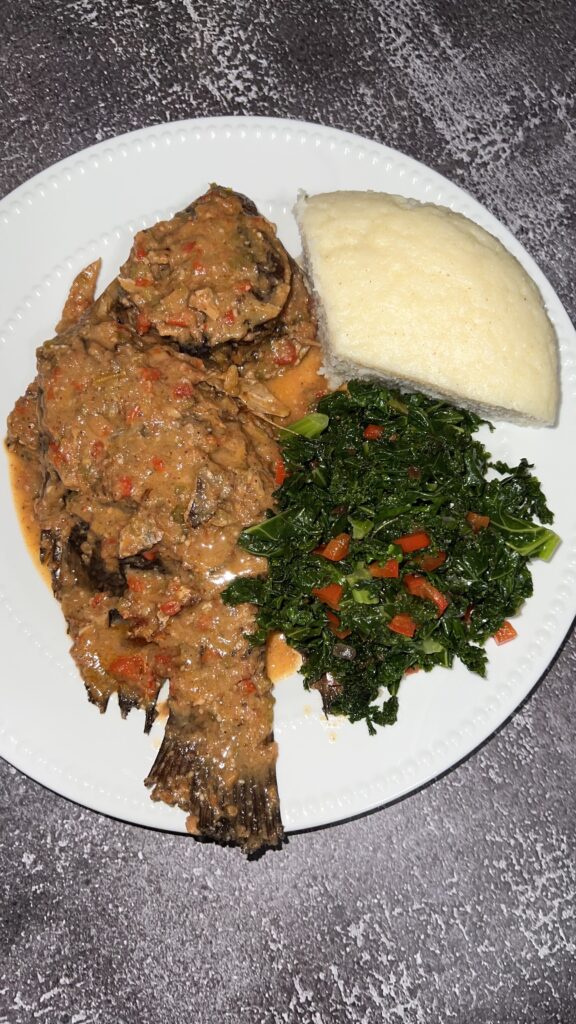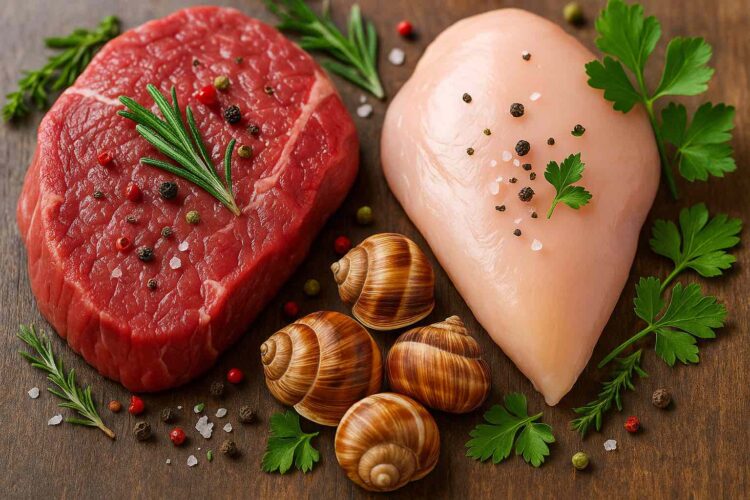This post may contain affiliate links, which means I may receive a commission from purchases made through the links.
Chicken breast and boiled eggs can only take us so far on our global protein source exploration. Perhaps it’s time to shake things up! Across the world, people are enjoying delicious, protein-packed foods that go far beyond the usual suspects. From crunchy insects to unusual seafood and unexpected four-legged animals, these exotic protein-rich foods might surprise you, and just might become your new favorites. Read on to find out 20 of the most popular exotic protein-rich foods from around the world that you have to try at least once in your lifetime!

1. Kangaroo Meat (Australia)
Of course! You’ll probably agree with me that Kangaroo is synonymous with Australia, whether you go by those funny videos on social media or by common fun facts. Australia is the only country where kangaroos outnumber people—yes, really! It is not surprising, therefore, that these marsupials have hopped from the outback into the kitchen and found themselves in Australian menus.
Kangaroo meat is lean, packed with protein, and rich in iron, making it a nutritional powerhouse. It is also filled with omega-3 fatty acids and is low in cholesterol, making it a heart-healthy alternative to traditional red meats. Aussies love it grilled, stir-fried, or even turned into gourmet burgers. And here’s the kicker: eating kangaroo is actually considered environmentally friendly in Australia. Since kangaroos are wild and don’t need to be farmed, their meat has a lower carbon footprint than traditional livestock.
So, if you’re ever Down Under and someone offers you a kangaroo steak, don’t hop away—give it a go! It might just be the most delicious way to taste a bit of Australia’s wild side.
2. Alligator Meat (United States)
Well, well. Moving on from Australia and its kangaroos, it is time to talk about Florida and its alligators that roam around so unbothered (or so it seems on social media). I saw this video of a gator casually trying to open someone’s door as if it were just arriving home from work – which leads us to why these massive and quite scary-looking reptiles are a popular menu item in Florida and other southern states. Gator meat is often fried into golden nuggets, tossed in a spicy gumbo, or grilled to smoky perfection. It is a staple in Cajun and Creole cooking.
Alligator meat is quite lean, high in protein, and has a mildly sweet flavor. Yes, I’ve tried it once, in Gainesville, Florida, and I thought it tasted half fish and half chicken. So awesome! I’ll definitely be looking for it again when I visit the south. It is also high in phosphorus and niacin, which help support bone health and metabolism. Plus, alligators have been part of Southern ecosystems and cuisine for centuries, making them a local and sustainable source of meat when harvested responsibly.
If you ever find yourself in Florida or Louisiana for the first time, go for that gator skewer with a smile and a wink and take a big bite. You will love it!
3. Insects (Mexico, Thailand, Uganda)
Hold the eww and hear me out. Crickets, ant larvae, grasshoppers, termites, and other edible insects are eaten in many countries out there! And yes, they are exotic protein-rich foods. Escamoles, also known as “insect caviar,” are popular in Mexico. These are ant larvae that are harvested from agave plants. They are high in protein and have a nutty, buttery flavor, often served with tortillas or eggs. These nutrient-dense larvae provide a sustainable protein source with high amounts of fiber and essential amino acids.
In Uganda, nsenene, a type of green grasshoppers, are super popular. In Thailand, crickets are equally as popular. These crunchy critters are enjoyed as street food in both countries and they are loaded with protein, B12, and a whole lot of sustainability points. Plus, these roasted bugs are way tastier than you’d think. Think popcorn… with legs. I’ve eaten nsenene and I would eat them again!
4. Bison Meat (North America)
If you’ve been to the northern parts of the US heading on to Canada, you know that bison is a big deal. This huge mammal is a symbol of strength and might, but its greatness does not end there. Bison meat is leaner and richer in protein compared to beef. It is also lower in cholesterol and saturated fats, making it a heart-healthy option. Additionally, it provides high levels of vitamin B12 and iron, which are crucial for maintaining energy levels and blood health.
5. Black Pudding (United Kingdom & Ireland)
This one’s not for the faint of heart. Black pudding is a type of blood sausage that’s popular in the UK and Ireland, especially as part of a full English breakfast. It is made from pork blood, fat, and often, a thickening agent like oatmeal. It’s high in protein, rich in iron, and strangely comforting when paired with toast and eggs. Just don’t think too hard about the ingredients.
6. Surströmming (Sweden)
A fermented herring delicacy, surströmming is packed with protein and probiotics. Despite its strong odor, it is enjoyed with crispbread and potatoes in Sweden. The probiotics found in fermented fish promote gut health, aiding digestion and nutrient absorption.
7. Casu Marzu (Italy)
Also known as Sardinian cheese, this dish contains live insect larvae. Can you imagine that? I am not going to lie to you and say I’d try this. BIG NO! I have a severe case of myiasisophobia (fear of maggots), and just seeing them from a distance gives me all the hibbie-gibbies. So no, I can’t board this train, unfortunately. That said, this cheese dish is high in protein and has a rich, creamy texture. It is considered a rare and daring culinary experience, no doubt. The cheese undergoes a fermentation process that enhances its probiotic benefits, supporting gut health and immune function.
8. Frog Legs (France & Asia)
Frog legs are a delicacy in French and Chinese cuisine, offering a high-protein, low-fat alternative to traditional meats. They are said to taste similar to chicken. Additionally, they provide important micronutrients such as potassium and omega-3 fatty acids, which support cardiovascular health.
9. Jellyfish (China & Japan)
When I look at a jellyfish swimming, it never crosses my mind that they are edible. But hey, am I wrong? Jellyfish is a high-protein, low-calorie food commonly used in Asian cuisine. It is often served in salads or soups. Also, jellyfish collagen is known for its skin-rejuvenating properties and anti-aging benefits.
10. Cuy (Peru & Ecuador)
Cuy, or guinea pig, is a traditional Andean dish rich in protein and similar in taste to rabbit. It is often roasted and served with potatoes and corn. It provides essential fatty acids and is a good source of vitamin B, which aids in brain function and energy metabolism.
As we move on to the second half of this article, please consider checking out my affiliate links below. Purchasing any kitchen item you may need through these links would help support this blog. I will earn commissions at no additional cost to you. Thank you very much!
My Amazon Affiliate Links
- Masterclass Cookware Set (Non-stick): https://amzn.to/3AeB02M
- Pioneer Woman Complete Kitchen Set: https://amzn.to/4cl8lXg
- Blue Diamond Cookware Set (Non-stick): https://amzn.to/3LZjr9s
- ProCoat Non-stick frying pan: https://amzn.to/3XacJEl
- Wooden spoons: https://amzn.to/3YBuDRp
- Bamboo cutting boards set: https://amzn.to/3YLL1ip
- Pioneer Woman knives set: https://amzn.to/3AjRkQ5
11. Octopus (Mediterranean, Asia, & East Africa)
Octopus, with its countless tentacles, is a favorite for many, including my home country, Kenya. It is a protein-packed seafood option rich in iron and vitamin B12. It is commonly grilled, boiled, or served in sushi dishes. Octopus also contains taurine, which supports neurological health and cardiovascular function.
12. Silkworm Pupae (Korea & Thailand)
Aren’t silkworms simply awesome? Besides producing silk, silkworm pupae are an excellent source of protein and are often enjoyed as a crunchy snack in Korea and Thailand. They are also rich in fiber, which aids digestion, and contain essential vitamins and minerals such as zinc and magnesium.
13. Camel Meat (Middle East & Africa)
In parts of the Middle East and North Africa, camel meat is prized for its leanness and high nutrient content. It is rich in iron and vitamin B, and is said to have immune-boosting properties and anti-inflammatory benefits. It’s tender when cooked right and has a mildly sweet flavor. Traditionally served during special occasions or festivals, camel meat has been a survival staple in desert regions for centuries. Not your everyday burger, but it could be your next bucket list bite.
14. Horse Meat (Japan & Europe)
Horse meat also makes it to the list of exotic protein-rich foods. It is highly nutritious, rich in protein, and lower in fat compared to beef. It is enjoyed raw (as sashimi) in Japan or cooked in stews in Europe. It contains high levels of omega-3 fatty acids, which support brain and heart health.
15. Sea Urchin (Japan & Mediterranean)
Also known as uni, sea urchin is a delicacy high in protein and omega-3 fatty acids, often served in sushi or as a creamy seafood dish. It is also rich in antioxidants and vitamin A, which support eye health and immune function.
16. Snails (France & Africa)
Snails or escargot may not scream “delicious” at first glance, but in France and many West African countries, it is a delicacy that’s both classy and surprisingly nutritious. These snails are rich in protein, low in fat, and often drenched in garlic butter—so, really, what’s not to love? Snails are also high in selenium, which is essential for thyroid function and immune health.
17. Yak Meat (Tibet & Nepal)
Grazing high up in the Himalayas, yaks produce meat that’s lean, tender, and absolutely loaded with protein. Their meat is also high in omega-3s and conjugated linoleic acid (CLA), which support weight management and heart health. In places like Tibet and Nepal, yak meat is a vital source of nutrition, often dried or made into hearty stews to survive the alpine cold. It’s like beef but with a slightly sweet and earthy flavor.
18. Dried Fish (Asia & Africa)
Dried fish is an excellent source of protein and is commonly consumed as a snack or in soups and stews in many Asian and African cultures. I grew up eating dried fish regularly, especially Tilapia, Nile Perch, and Victoria Sardines. These are very much part of our traditional dishes in Kenya and beyond. As a kid, I always thought fish was only dried as a form of preservation. Turns out dried fish is incredibly rich in calcium and phosphorus, which are crucial for strong bones and teeth, alongside the other essential nutrients packed in them. Check out my recipe for dried fish in peanut butter sauce, a delicious traditional dish of Kenya and Uganda.


19. Sago Grubs (Malaysia & Indonesia)
Sago grubs are larvae from the sago palm and are high in protein and healthy fats. They are often grilled or fried in Southeast Asian cuisine. They are also a great source of energy and contain beneficial amino acids.
20. Akutaq (Alaska, USA)
Also known as “Eskimo ice cream,” Akutaq is a mixture of animal fats, berries, and fish, providing a high-energy, protein-rich dish traditionally eaten by indigenous Alaskans. The combination of fats and protein makes it an excellent food for sustaining energy in extreme climates.
Conclusion
Exotic protein-rich foods vary widely, from meats to insect larvae and pupae. Exploring these foods from around the world not only broadens our culinary horizons but also provides unique health benefits. Many of these foods are rich in essential nutrients, sustainable, and culturally significant. Try these exotic dishes, whether you’re looking to explore alternative protein sources, traveling to new destinations, or simply curious about diverse global cuisines. While some may challenge your taste buds, each dish carries a story and tradition that makes it special. So, why not take a step beyond the usual and savor some of these fascinating protein-packed delicacies? You might just discover a new favorite!
Thank you for reading up to this point on exotic protein-rich foods. Please consider checking out my affiliate links below. Purchasing any kitchen item you may need through these links would help support this blog. I will earn commissions at no additional cost to you. Thank you very much!
My Amazon Affiliate Links
- Masterclass Cookware Set (Non-stick): https://amzn.to/3AeB02M
- Pioneer Woman Complete Kitchen Set: https://amzn.to/4cl8lXg
- Blue Diamond Cookware Set (Non-stick): https://amzn.to/3LZjr9s
- ProCoat Non-stick frying pan: https://amzn.to/3XacJEl
- Wooden spoons: https://amzn.to/3YBuDRp
- Bamboo cutting boards set: https://amzn.to/3YLL1ip
- Pioneer Woman knives set: https://amzn.to/3AjRkQ5






